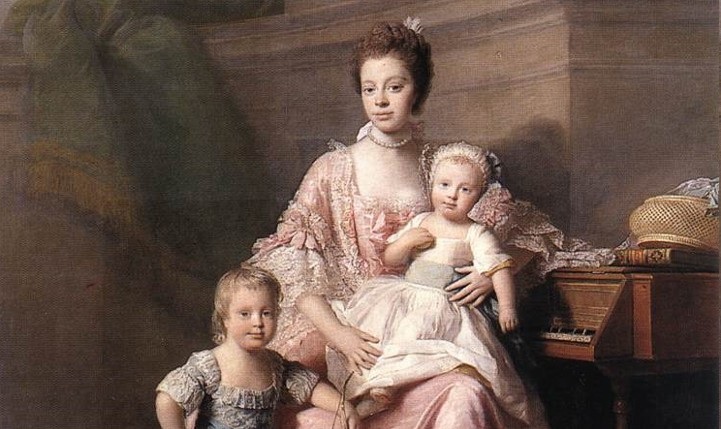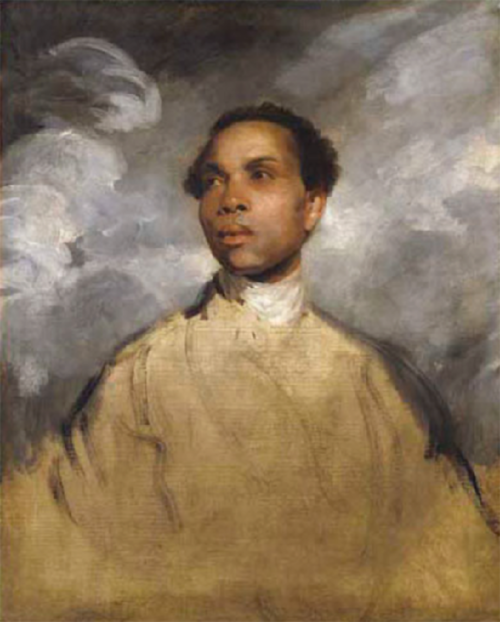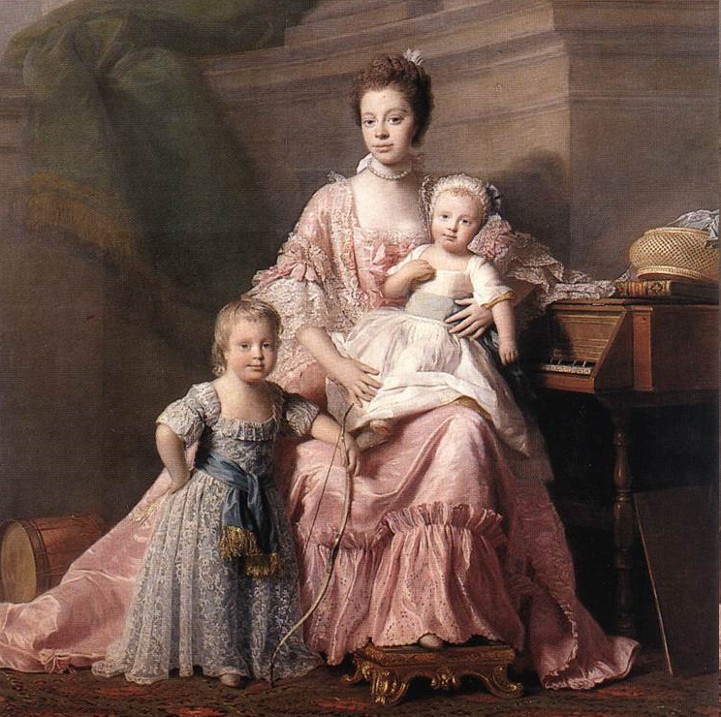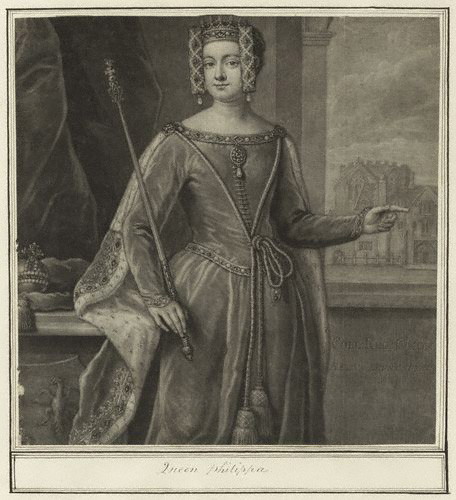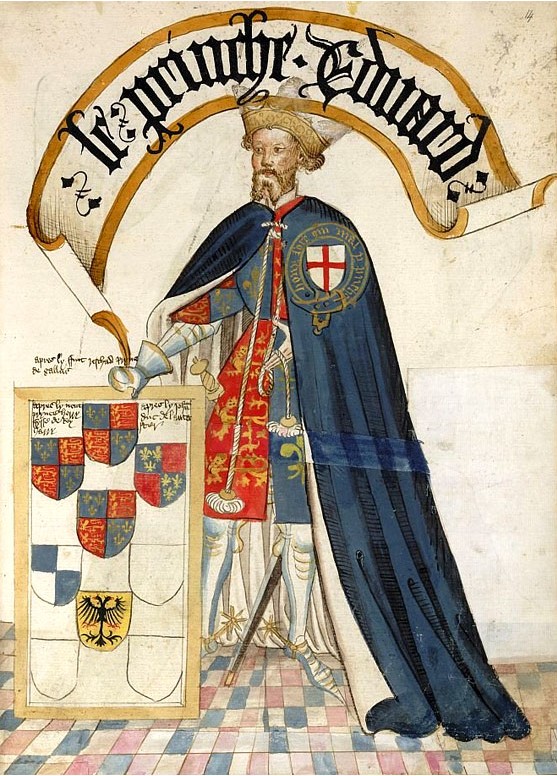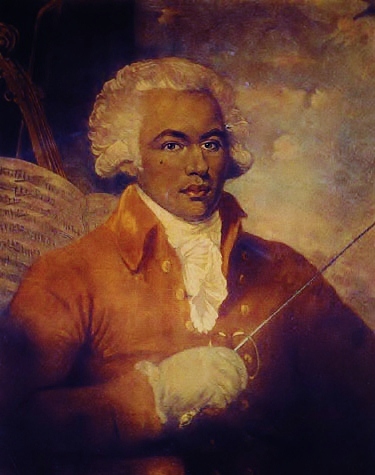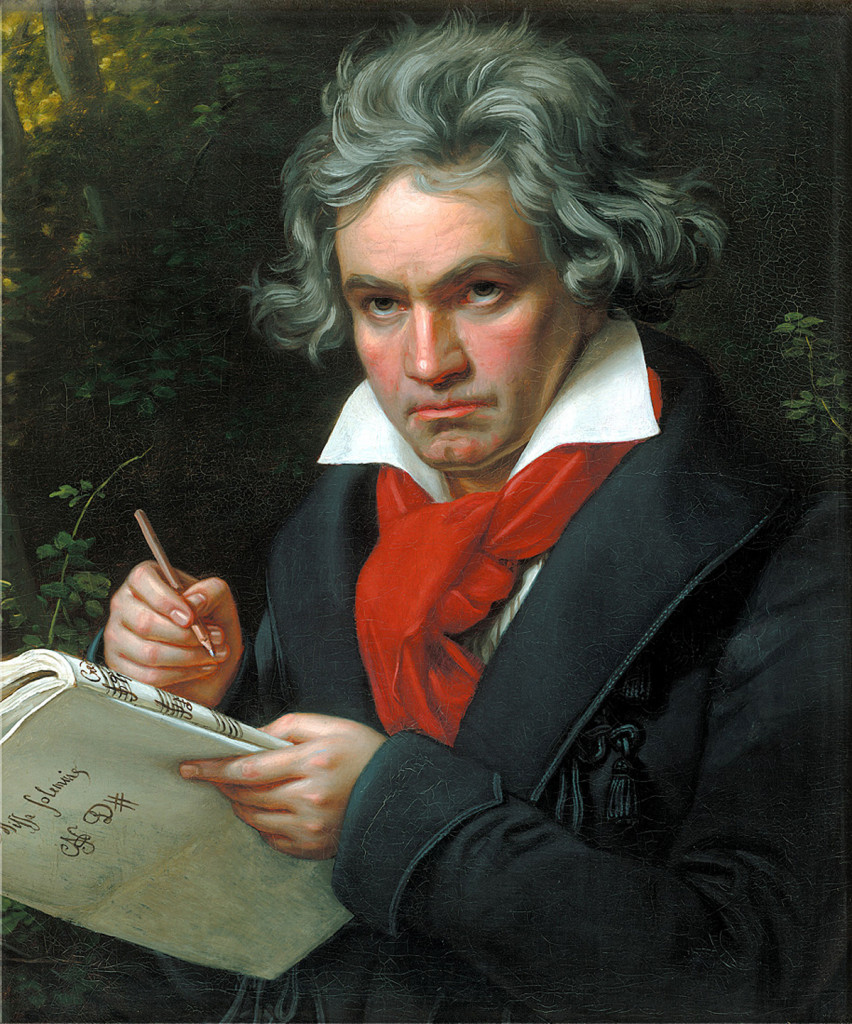The British film Belle, starring Gugu Mbatha-Raw, has shown the mainstream public that yes, black and multiracial people existed back in the 1700s. As I’ve written in my article for Coming of Faith, films showing historical people of color can only help audiences realize that all stories aren’t being told when it comes to the costume drama.
The traditional idea of the costume drama includes several tropes: the story is set in the 18th, 19th or early 20th century Europe, the plot is built around a windswept romance, and the set pieces feature pounds and pounds of sumptuous clothing and hair. There’s also the idea that the only people who mattered during these times were the rich white gentility.
But many historical records have shown that Britain has been a multicultural place since its ancient Roman occupation. Septimus Severus, one of Roman’s most legendary emperors, was of African origin and was buried in York. Also in York, one of the remains of the bodies of high class ancient Roman citizens was found to belong to a black woman. Even still, movies and television have painted Britain as almost homogeneously white, with the exception of slaves, such as highly decorated page boys, or freedmen who happened to be down on their luck.
I was struck by the idea of other Black-British and Black European stories that haven’t been told that should be told on a mass scale. Also, going to the awesome Tumblr Medieval POC helped give me some great inspiration for this post. So, here are seven stories (out of the thousands that have either been undiscovered or whitewashed) about Black or mixed-race Europeans who have yet to have their stories told on the big screen.
1. Francis Barber
Study of Francis Baker by Sir Joshua Reynolds. 1770.
Francis Barber was technically Samuel Johnson’s servant, but Barber was more like his friend and son than his servant. Johnson paid for Barber’s five years of school and would often write letters to him (much like a father, I suppose). Johnson also made sure to keep Barber from doing menial tasks, including feeding the cat; Johnson did this himself in order for Barber’s “delicacy be not hurt, at seeing himself employed for the convenience of a quadruped.”
2. Queen Charlotte of Great Britain and Ireland
Portrait by Sir Allan Ramsay. 1769.
I bet you didn’t know there were some black roots in the British Royalty. Queen Charlotte was the wife of King George III. She’s a direct descendant from Margarita de Castro y Sousa, the black branch of the Portuguese Royal House. Her ancestry was discovered when it was also discovered that members of the Castro y Sousa family acted as models for the black Magi found in 15th century Flemish paintings. This discovery is thanks to the History Department of McGill University and the director of the Burney Project, Dr. Joyce Hemlow as well as Olwen Hedly, the most recent biographer of Queen Charlotte.
Queen Charlotte, according to the Guardian, is beloved in the city named after her, Charlotte, North Carolina, due to her love of botany, her black ancestry, and her opposition to slavery. However, when she was queen, she was ridiculed by her peers and seen as ugly. The Queen’s physician, Baron Stockmar, wrote that she had a “true mulatto face.”
It’s worth noting that not all English people saw her as ugly. Her portrait painter, Sir Allan Ramsay, focused more on the African features of her face purposely, I’d imagine. According to PBS, Ramsay was an anti-slavery intellectual who also went on to marry the niece of Lord Mansfield, the English judge who paved the way towards abolishing slavery in the British Empire. Also, Queen Charlotte’s portraits were also used to spread the abolitionist message.
3. Philippa of Hainault
by John Faber Jr after Thomas Murray mezzotint,print,possibly mid 18th century
Before Queen Charlotte, there was Queen Phillipa. Yes, I know what the picture looks like. But listen to the true-life description from Bishop Stapledon who was asked by Queen Philippa’s future father-in law, Edward II, to look at her:
“The lady whom we saw has not uncomely hair, betwixt blue-black and brown. Her head is cleaned shaped; her forehead high and broad, and standing somewhat forward. Her face narrows between the eyes, and the lower part of her face is still more narrow and slender than the forehead. Her eyes are blackish brown and deep. Her nose is fairly smooth and even, save that is somewhat broad at the tip and flattened, yet it is no snub nose. Her nostrils are also broad, her mouth fairly wide. Her lips somewhat full and especially the lower lip…all her limbs are well set and unmaimed, and nought is amiss so far as a man may see. Moreover, she is brown of skin all over, and much like her father, and in all things she is pleasant enough, as it seems to us.”
Not only is Queen Philippa considered England’s first black queen, she also introduced central Asian genes to the bloodline, thanks to her being related to Elizabeth the Cuman, the daughter of Kuthen, Khan of the Cumens.
4. Edward, the Black Prince
from the Bruges Garter Book (Wikipedia)
Prince Edward is the son of Queen Phillipa and King Edward III. He was known as an exceptional military strategist, winning over the French in the Battles of Crécy and Poitiers made him extremely popular. He was also the first member of the Knights of the Garter, since he was one of the founders.
In history, it’s been disputed as to why he has been called the Black Prince, especially since there’s no record of him being called such during his lifetime. Some historians believe it’s because of the black armor he’d wear or his black shield. Others believe it was because of his brutality, especially towards the French in the Aquitaine. Since Queen Phillippa had a lot of children, I doubt people would single him out for being “black” anyway, so I doubt he was called the Black Prince because of his color.
5. Joseph Boulogne, Chevalier de Saint-George
Portrait of Joseph Bologne de Saint-George (1745-1799), by Mather Brown (engraving by William Ward)
Chevalier de Saint-George was the quintessential European gentleman. He was a virtuoso violinist, composer, equestrian, and swordsman. He was known as the “Black Mozart” due to his musical skill, and is one of the few European Classical musicians of African ancestry.
The French-Caribbean Boulogne was born to a white plantation owner and Nanon, a Wolof former slave. Boulogne acquired the name de Saint-George after one of his father’s properties. While still living in Guadeloupe, de Saint-George studied violin under another talented violinist of color, Joseph Platon. Determined to have his son be part of the aristocracy, de Saint-George’s father moved the family to Paris in 1749, where de Saint-George began his schooling.
He seemed to be best at everything he set out to do. His fencing master called him an expert at age 17. Not only was he a virtuoso at music and fencing, but he was also a physical specimen. The actual description of his looks (from the same fencing master, I think), is:
“Saint George had grown to a height of five feet ten inches [exceptional for the time]. He was very well built, with a prodigious strength of body and extraordinary vigor. Lively, supple, and slender, he astonished everyone with his agility. No one in the class showed more grace, more consistency.”
Eventually, de Saint George became a member of royal court in Versailles (I’d like to imagine that the black guy that was teaching Marie Antoinette the piano in Marie Antoinette was an homage to him). However it seems like he had such a storied life, he also had to face racism and later, the French Revolution.
In respect of his skill as both a composer and musician, Boulogne was selected for appointment as the director of the Royal Opera of Louis XVI. Despite his position as the only eligible applicant, Boulogne was refused, prevented by three Parisian divas who petitioned the Queen. Writing against the appointment, the trio insisted it would be beneath their dignity and injurious to their professional reputations for them to sing on stage under the direction of “a mulatto”.[10]
As a member of the aristocracy and the royal court at Versailles, Boulogne served in the army of the Revolution against France’s monarchist enemies. An amateur in war apart from his fencing past, Boulogne took command of a regiment of a thousand colored volunteers. Despite military success, he was repeatedly denounced because of his aristocratic parentage and past association with the royal court, and Boulogne was dismissed from the army on September 25, 1793 and imprisoned. Fortunately, he was acquitted after spending 18 months in jail.[11] After the revolution, Boulogne continued to lead orchestras but struggled to find his place in a France very different from the indulgent aristocracy he was accustomed to. Resigned to the life of a commoner Joseph Boulogne died in 1799 at the age of 54, falling into obscurity.[12]
6. Olaudah Equiano
From Project Gutenberg
Olaudah Equiano is a person that a lot of us are fairly familiarized with from our history books, but not enough as we should be, in my opinion. Enslaved as a child, Equiano eventually bought his freedom and made a living as a merchant, an author, and an explorer in South America, the Arctic, the Caribbean, the United Kingdom, and the American colonies. He eventually settled in Britain and wrote The Interesting Narrative of the Life of Olaudah Equiano. Of course, the book, which chronicled the horrible life he had under the slave trade, helped his and others’ abolitionist causes.
His book made him a superstar in Britain, allowing him to travel all across the United Kingdom. He also worked towards improving conditions in Africa, specifically Sierra Leone.
7. Ludwig van Beethoven
Portrait by Joseph Karl Stieler (Wikipedia)
Now this is probably the most controversial person on the list, simply because we’ve grown up with the idea of Beethoven, the passionate, legendary composer, being white. Turns out his ancestry is a little more complicated.
Historians are now finding out that Beethoven may have been of mixed-race. Again, I know the pictures we associate with Beethoven (like the above one) show him as white. But read the true-life descriptions of him below. From New York University:
Although Beethoven’s lineage seems easily established on both sides of the family back to the fifteenth century, there still seems to be some mystery concerning the maternal side of the family, and claims in recent times that Beethoven may have been a mulatto, especially since his appearance seems to have been quite different from the other members of his family. Much of this stems from a description of Bonn’s master baker, Fischer, who wrote of Beethoven’s youth and described Beethoven as “short and stocky, broad-shouldered, with a short neck, large head, round nose and swarthy complexion; he always stooped forward when walking. At home, even as a young man, he was called the Spaniard.”
Other descriptions include the term “mulatto” such as Fanny Giantassio del Rio. Her book, An Unrequited Love: An Episode in the Life of Beethoven, she writes:
“His somewhat flat broad nose and rather wide mouth, his small piercing eyes and swarthy [dark] complexion, pockmarked into the bargain, gave him a strong resemblance to a mulatto.”
You can see more descriptions here, but they all say basically the same thing–he had dark, coarse hair, dark complexion, and was short. He was also irritated when people would call him “inferior.”
All right! There you have it! What do you think about this list? Who would you add? Leave your opinions below the post!
